The NVIDIA GeForce GTX 980 Ti Review
by Ryan Smith on May 31, 2015 6:00 PM ESTNVIDIA's Computex Announcements & The Test
Alongside the launch of the GTX 980 Ti, NVIDIA is also taking advantage of Computex to make a couple of other major technology announcements. Given the scope of these announcements we’re covering these in separate articles, but we’ll quickly go over the high points here as they pertain to the GTX 980 Ti.
G-Sync Variable Overdrive & Windowed Mode G-Sync
NVIDIA is announcing a slew of G-Sync products/technologies today, the most important of which is Mobile G-Sync for laptops. However as part of that launch, NVIDIA is also finally confirming that all G-Sync products, including existing desktop G-Sync products, feature support for G-Sync variable overdrive. As the name implies, this is the ability to vary the amount of overdrive applied to a pixel based on a best-effort guess of when the next frame will arrive. This allows NVIDIA to continue to use pixel overdrive on G-Sync monitors to improve pixel response times and reduce ghosting, at a slight cost to color accuracy while in motion from errors in the frame time predictions.
Variable overdrive has been in G-Sync since the start, however until now NVIDIA has never confirmed its existence, with NVIDIA presumably keeping quiet about it for trade secret purposes. However now that displays supporting AMD’s Freesync implementation of DisplayPort Adaptive-Sync are out, NVIDIA is further clarifying how G-Sync works.
Meanwhile being freshly rolled out in NVIDIA’s latest drivers is support for Windowed Mode G-Sync. Before now, running a game in Windowed mode could cause stutters and tearing because once you are in Windowed mode, the image being output is composited by the Desktop Window Manager (DWM) in Windows. Even though a game might be outputting 200 frames per second, DWM will only refresh the image with its own timings. The off-screen buffer for applications can be updated many times before DWM updates the actual image on the display.
NVIDIA will now change this using their display driver, and when Windowed G-Sync is enabled, whichever window is the current active window will be the one that determines the refresh rate. That means if you have a game open, G-Sync can be leveraged to reduce screen tearing and stuttering, but if you then click on your email application, the refresh rate will switch back to whatever rate that application is using. Since this is not always going to be a perfect solution - without a fixed refresh rate, it's impossible to make every application perfectly line up with every other application - Windowed G-Sync can be enabled or disabled on a per-application basis, or just globally turned on or off.
GameWorks VR & Multi-Res Shading
Also being announced at Computex is a combination of new functionality and an overall rebranding for NVIDIA’s suite of VR technologies. First introduced alongside the GeForce GTX 980 in September as VR Direct, NVIDIA will be bringing their VR technologies in under the GameWorks umbrella of developer tools. The collection of technologies will now be called GameWorks VR, adding to the already significant collection of GameWorks tools and libraries.
On the feature front, the newly minted GameWorks VR will be getting a new feature dubbed Multi-Resolution Shading, or Multi-Res Shading for short. With multi-res shading, NVIDIA is looking to leverage the Maxwell 2 architecture’s Multi-Projection Acceleration in order to increase rendering efficiency and ultimately the overall performance of their GPUs in VR situations.
By reducing the resolution of video frames at the edges where there is already the most optical distortion/compression and the human eye is less sensitive, NVIDIA says that using multi-res shading can result in a 1.3x to 2x increase in pixel shader performance without noticeably compromising the image quality. Like many of the other technologies in the GameWorks VR toolkit this is an implementation of a suggested VR practice, however in NVIDIA’s case the company believes they have a significant technological advantage in implementing it thanks to multi-projection acceleration. With MPA to bring down the rendering cost of this feature, NVIDIA’s hardware can better take advantage of the performance advantages of this rendering approach, essentially making it an even more efficient method of VR rendering.
Getting Behind DirectX Feature Level 12_1
Finally, though not an outright announcement per-se, from a marketing perspective we should expect to see NVIDIA further promote their current technological lead in rendering features. The Maxwell 2 architecture is currently the only architecture to support DirectX feature level 12_1, and with DirectX 12 games due a bit later this year, NVIDIA sees that as an advantage to press.
For promotional purposes NVIDIA has put together a chart listing the different tiers of feature levels for DirectX 12, and to their credit this is a simple but elegant layout of the current feature level situation. The bulk of the advanced DirectX 12 features we saw Microsoft present at the GTX 980 launch are part of feature level 12_1, while the rest, and other functionality not fully exploited under DirectX 11 are part of the 12_0 feature level. The one exception to this is volume tiled resources, which is not part of either feature level and instead is part of a separate feature list for tiled resources that can be implemented at either feature level.
The Test
The press drivers for the launch of the GTX 980 Ti are release 352.90, which other than formally adding support for the new card is otherwise identical to the standing 352.86 drivers.
| CPU: | Intel Core i7-4960X @ 4.2GHz |
| Motherboard: | ASRock Fatal1ty X79 Professional |
| Power Supply: | Corsair AX1200i |
| Hard Disk: | Samsung SSD 840 EVO (750GB) |
| Memory: | G.Skill RipjawZ DDR3-1866 4 x 8GB (9-10-9-26) |
| Case: | NZXT Phantom 630 Windowed Edition |
| Monitor: | Asus PQ321 |
| Video Cards: | AMD Radeon R9 295X2 AMD Radeon R9 290X AMD Radeon HD 7970 NVIDIA GeForce GTX Titan X NVIDIA GeForce GTX 980 Ti NVIDIA GeForce GTX 980 NVIDIA GeForce GTX 780 Ti NVIDIA GeForce GTX 780 NVIDIA GeForce GTX 680 NVIDIA GeForce GTX 580 |
| Video Drivers: | NVIDIA Release 352.90 Beta AMD Catalyst Cat 15.5 Beta |
| OS: | Windows 8.1 Pro |


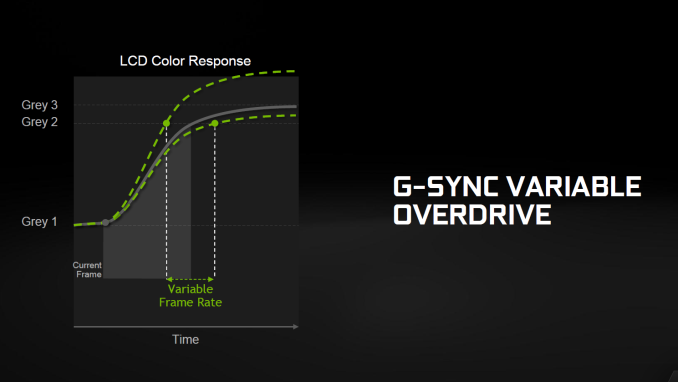
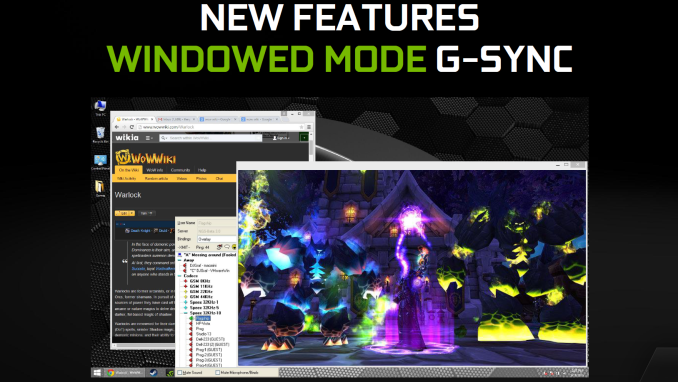
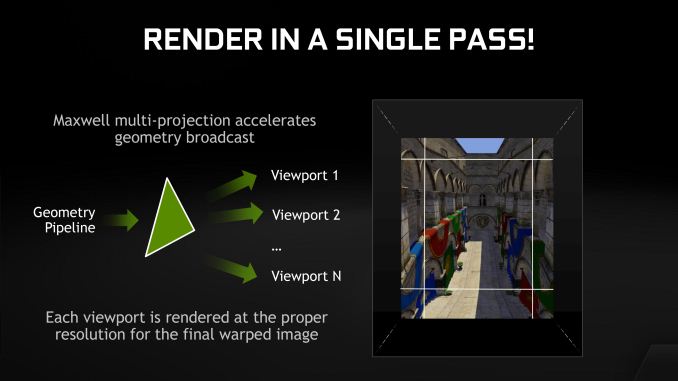
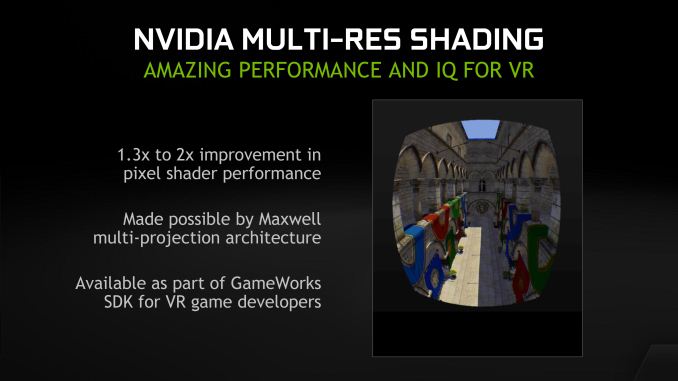
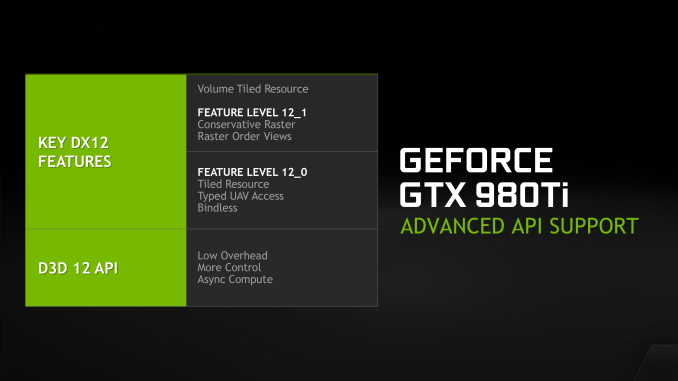








290 Comments
View All Comments
chizow - Monday, June 1, 2015 - link
780 was $650 at launch actually, and stayed there for some 6 months until AMD launched the 290X. The only way Nvidia will drop price on the 980Ti is if Fiji is both faster than it and priced similar, and even then Nvidia may not touch a thing.I think Nvidia knows what AMD has and they've already set the price points for AMD so that they won't have to change their pricing no matter what.
fingerbob69 - Tuesday, June 2, 2015 - link
"The only way Nvidia will drop price on the 980Ti is if Fiji is both faster than it and priced similar" ...and given themselves a month's head start ...and AMD a whole month too look at this Ti and adjust accordingly (if even necessary).I think it's nVidia who's looking weak here. In the UK Scan/Overclockers are really low on AMD stock 290 thru to 290x ...big launch coming?
chizow - Tuesday, June 2, 2015 - link
Yes, I'm sure it was AMD taking a position of strength to allow Nvidia to completely dominate the dGPU landscape for the last 9 months, unopposed, unchallenged since the GTX 970/980 launch, followed by the GTX 960, GTX Titan X, and GTX 980Ti. Makes perfect sense.Everyone expects a big launch from AMD sure, but I guess they are just waiting for Nvidia to tire themselves out first. I mean a quick scan in the US shows you can't find the GTX 980Ti anywhere, sold out instantly in a single day. AMD is just biding their time though for something big to pop out of a hole in the ground! :)
HeavyHemi - Saturday, September 12, 2015 - link
'Hole in the ground' if someone was buried a55 up. Ha...theuglyman0war - Thursday, June 4, 2015 - link
that would be a shame. It's been a long time since I pulled the trigger on my upgrade itches. Never thought it would be this long. ( gtx 480 tri sli at $399 with the starcraft release discount coupon )I think I assumed that the rise in pricing after gtx 580 was just going to be a short term fluke and that the world would return to sanity with resumption of the $499 pricing.
I imagine I would have probably have upgraded twice otherwise. I wonder if my demographic adds up to a significant lost market at the end of the day?
On the bright side...
Having waited this long, If I start buying used in two years the performance gain will be worth the loss of warranty considering the high cost.
NvidiaWins - Wednesday, June 3, 2015 - link
Agreed. Nvidia has no worries when it comes to AMD next series gpu. AMD will not be able to compete with the 980Ti price point.n13L5 - Tuesday, August 4, 2015 - link
"Just wait for AMD's release and the price will have to drop."Exactly why all those Nvidia fanboys should shut their mouths:
If they were to succeed in maligning AMD to death, handing Nvidia a monopoly, Nvidia will have not only lost any reason to ever drop prices, they'll also loose any reason to rush new gaming cards out. They'd put consumer cards at the very back of the queue, to be released at Nvidia's convenience - because Nvidia gets better margins from HPC sales.
Frenetic Pony - Monday, June 1, 2015 - link
Sir! You're trolling is commendable, the people biting, so serious. I salute you.StevoLincolnite - Monday, June 1, 2015 - link
You're = You are.In this instance it is "your".
Leyawiin - Monday, June 1, 2015 - link
Their, they're, there - no call for typo nitpicking. He who is free of guilt and all. As far as the 28nm bit, its probably ore of a well-poisoning comment by someone who leans towards the other camp.